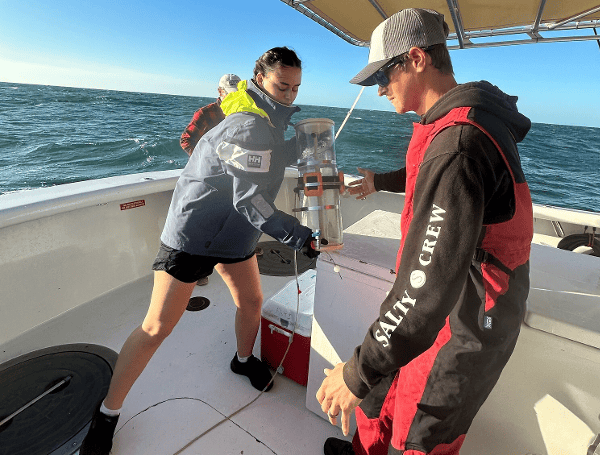Monitoring efforts over the past week have detected the red tide organism, Karenia brevis, at background concentrations in several coastal areas of Florida, according to the latest reports. Officials emphasize that these low levels currently pose no widespread risk of fish kills or respiratory irritation.
In Southwest Florida, sampling revealed background concentrations of K. brevis in one sample collected from Sarasota County and three samples gathered offshore of Monroe County. Further north, in Northwest Florida, one sample from Pasco County also showed background concentrations of the organism. No presence of K. brevis was observed along Florida’s East Coast during the same period.
READ: Powering Through Peril In Florida: Essential Generator Safety As Hurricane Season Looms
Encouragingly, the Florida Fish and Wildlife Conservation Commission (FWC) has not received any reports of fish kills suspected to be related to red tide via its Fish Kill Hotline or from other partners over the past week. Similarly, there have been no reports of respiratory irritation suspected to be linked to red tide exposure in Florida.
State agencies, including the FWC, continue to actively monitor coastal conditions and track the presence of Karenia brevis.
This ongoing surveillance utilizes satellite imagery from partners such as the University of South Florida (USF) and the National Oceanic and Atmospheric Administration’s National Centers for Coastal Ocean Science (NOAA NCCOS) to assess both nearshore and offshore waters. These tools help provide an early indication of any potential bloom development.
READ: Red Snapper Season Launches Saturday In Florida Gulf Waters, Kicking Off With Memorial Day Weekend
While the detection of K. brevis is a reminder of its natural presence in the Gulf of Mexico, current background levels mean that significant impacts like discolored water, widespread fish kills, or respiratory issues are not anticipated at this time.
Residents and visitors can stay informed about red tide conditions and forecasts by visiting the National Oceanic and Atmospheric Administration’s Gulf Coast Harmful Algal Blooms Forecast, which incorporates data from FWC and other partners. Any suspected red tide-related effects, such as fish kills or respiratory irritation, should be reported to the FWC.
Please make a small donation to the Tampa Free Press to help sustain independent journalism. Your contribution enables us to continue delivering high-quality, local, and national news coverage.
Connect with us: Follow the Tampa Free Press on Facebook and Twitter for breaking news and updates.
Sign up: Subscribe to our free newsletter for a curated selection of top stories delivered straight to your inbox.
